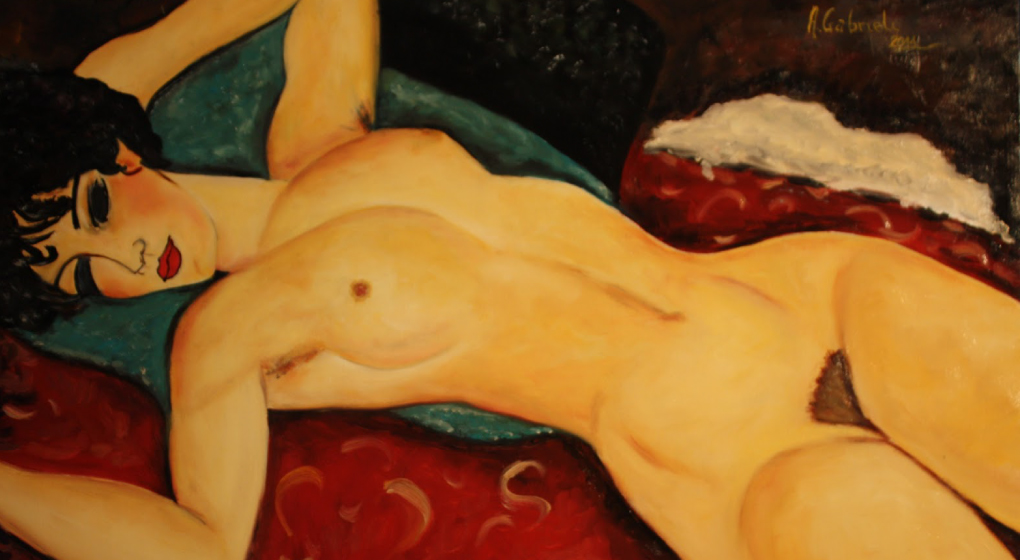The acquisition of artistic goods is a cost, a passion or an investment? The most obvious answer is: each of them, but depends on the reasons underlying the decision of dedicating our money to a painting, a sculpture an installation, a carpet, a jewel a precious stone, a watch or any other collectible object with an artistic interest.

If we consider this as a cost, it means that we need to buy it; a behavior that is not interesting for the purpose of this magazine and of my note, but that exists and influences prices, liquidity and the supply-demand mechanism of each segment.
Passion is the historical engine that moves these markets niches. Anyway, passion means love and love is not strictly linked to an expected return. Furthermore, the conditions for the efficiency of a market are antithetical to it. Even if the return is satisfactory, I do not abandon the property, the possession and the retention of my goods; I wish to touch and to contemplate!

What about an investment side approach? The best for an economist, a horror for an art lover! The use of an artistic tool in order to realize a profit, maybe buying later another piece, looking for an even more increased profit. A merchant of art, not from a industrial point of view, but as a professional investor, that selects according the cold rules of asset allocation and portfolio management. I do not buy because I like, but because I hope others will like tomorrow! I don’t judge but I look for others’ judgements. Pay attention however, that also for securities, these two statements are consistent in optimizing the portfolios.

I should need many pages to demonstrate the value of this approach, but I prefer to emphasize only few items:
- the creation of a more liquid market for artistic good is useful for young and/or emerging artists, regulating a difficult personal condition, historically well known;
- the development of more frequent exchanges, with transparent prices, will decrease the bargaining power of few merchants able to manage or manipulate prices and artist’s career;
- art is a fantastic tool, not well diffused and neither well known; an oxymoron assumption: culture managed through the lack of a diffused culture.
In terms of return, some artistic goods are show a fair track record of price increases, competitive with stocks and some marketable commodities. On the other side, without a sound advice, most of the proposals don’t grant returns and are often illiquid or carry losses for buyers.

According to a recent study, reported by Deloitte, an esteem calculates the value of artistic investment as the 6% of the total wealth professionally managed, an amount sufficient to individuate an actual asset class that someone starts to call “passion asset” (but passion is an enemy of rational investors!).
Speaking the financial language, a fair approach suggests the need of diversification, through the creation of specialized investment funds, an institution that doesn’t operate like a collector, but with algorithms in the view of risk/return. Nonetheless, investing in these funds you don’t touch the investment, one of the most charming factors offered by artistic goods.

For UHNWI this asset plays an essential role in the development of the art and collectible goods, looking for new products able to defend the global value of their net worth, diversifying financial portfolios and highlighting their status realizing a higher social consensus through tailored heritages.
These are the points of strength for this suggestion; a further analysis will go in depth with the many existing weaknesses to be considered while moving in this difficult area of highly selective goods.
by Giuseppe G. Santorsola
Full Professor of Asset Management, Corporate Finance and Corporate & Investment Banking | Parthenope University of Neaples

